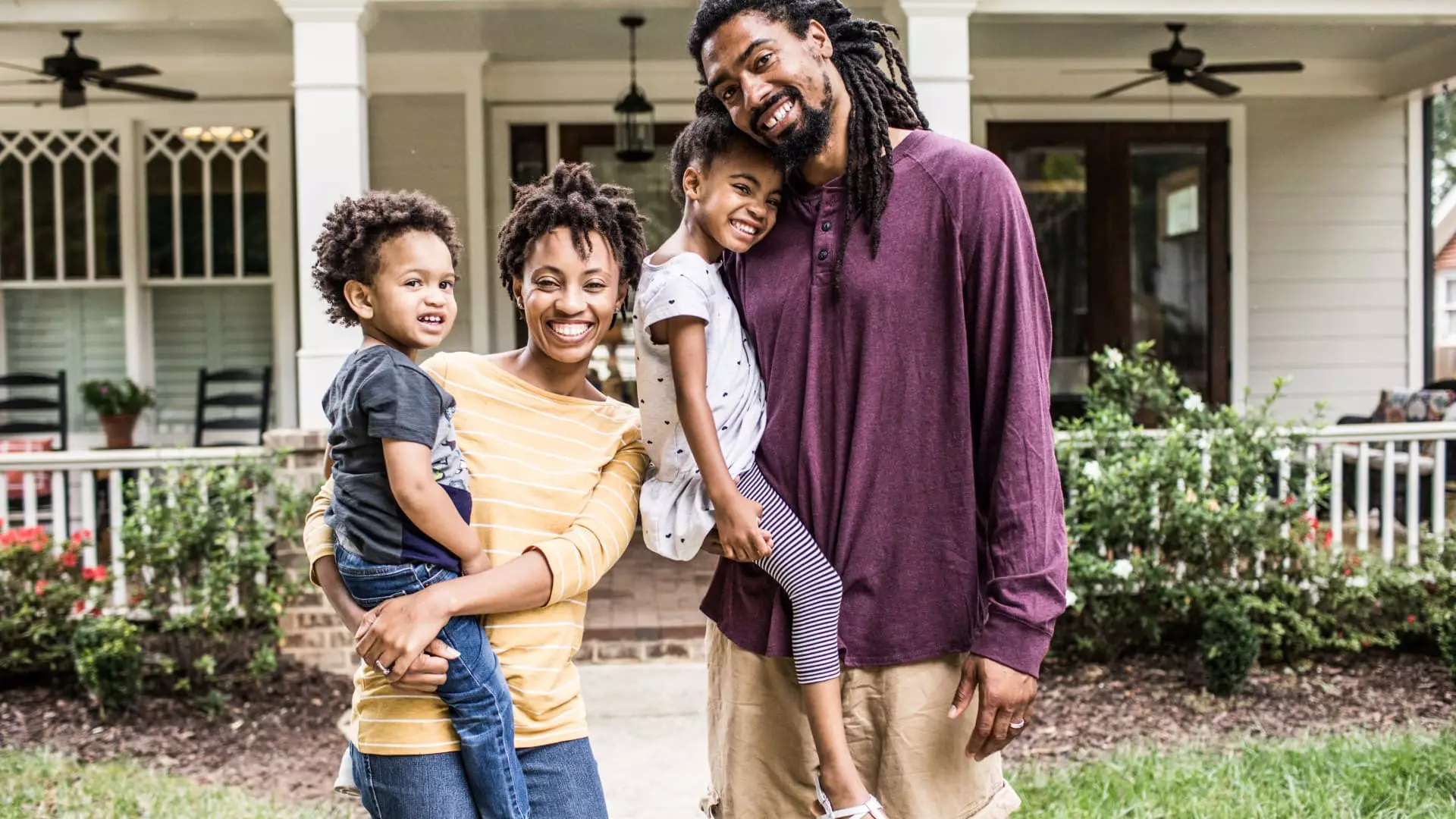For decades, homeownership has stood as a cornerstone of the American Dream, signifying stability, financial growth, and community integration. However, this ideal is increasingly out of reach for many, especially young adults and first-time buyers. The reality of soaring home prices, stagnant wages, and demanding mortgage criteria has created a daunting barrier to homeownership for millions. This article introduces a transformative approach: implementing a 40-year mortgage system, leveraging the Federal Home Loan Bank (FHLB) structure, and pairing it with federal subsidies contingent on completion of financial literacy training for first-time buyers. This strategy aims not only to enhance access to homeownership but also to spur sustainable economic development.
Traditionally, the 30-year mortgage has served as the preferred standard for American home financing, offering borrowers a balance between manageable monthly payments and a sensible repayment timeline. However, as we witness escalating housing costs and interest rates—particularly in populous urban regions—the dream of owning a home is slipping further away from many families. A 40-year mortgage can substantially mitigate monthly financial burdens by stretching repayment over an extended period, thus making homeownership attainable for a wider demographic.
Critics often argue that a longer loan term translates to higher overall interest payments. However, this perspective overlooks the broader implications of denying access to homeownership. An excessively lengthy rental commitment can lead to stagnation in wealth accumulation and subject families to the volatility of rental markets. The introduction of a 40-year mortgage allows individuals to commence their journey of equity building, offering a fresh route toward financial stability and the fulfillment of the American Dream.
The Federal Home Loan Bank system stands as a powerful ally in the rollout of this mortgage innovation. Acting as a government-sponsored enterprise, the FHLB provides vital liquidity to member institutions, fostering a robust foundation for this proposed 40-year mortgage. With established connections to regional banks, the FHLB is well-positioned to facilitate the widespread adoption of this initiative across different demographics, ensuring access to homeownership extends from urban centers to rural communities.
By embedding such a program within the FHLB framework, we establish a sound, federally endorsed structure that promotes market stability while catering to the unique challenges faced by diverse communities.
To further bolster this initiative, I propose the introduction of federal subsidies aimed at first-time buyers who have successfully completed certified financial literacy training. This training would provide essential skills for managing finances responsibly, sidestepping predatory lending practices, and making informed home-buying decisions. Subsidies would be tiered to reflect lending realities—$350,000 for rural mortgages and $1 million for urban settings—further encapsulating the varying costs across the nation.
By intertwining financial literacy with homeownership incentives, we empower potential buyers to pursue informed and responsible borrowing, contributing to healthier financial systems for future generations. This focus on education fosters sustainable practices within the housing market, promoting a culture of informed decision-making among buyers.
The ramifications of expanding access to homeownership extend beyond individual buyers. Increased homeownership rates can drive consumer expenditure, as new homeowners often invest in various goods and services necessary for their homes—furniture, renovations, and appliances, adding momentum to economic growth. Moreover, homeowners generally have a vested interest in their communities. Their investment leads to safer neighborhoods, higher property values, and overall community resilience.
This proposal also touches on imperative social justice considerations. Historically, homeownership has acted as a critical wealth-building mechanism. Bridging the homeownership gap, particularly among marginalized groups, allows for a more equitable distribution of wealth within society. Addressing disparities that persist, especially within communities like African Americans—where the homeownership rate is significantly lower than that of White Americans—represents a meaningful step toward economic and social equity.
Ultimately, the proposal doesn’t merely seek to enhance homeownership rates; it aspires to contribute to the creation of a sustainable economy. By making homeownership more achievable for all people and emphasizing responsible borrowing and financial literacy, we engage in a strategy that serves as a buffer against economic downturns.
The introduction of a 40-year mortgage, underpinned by the FHLB system and enriched with federal education incentives, is more than just a response to current market conditions. It represents a powerful strategy designed to stimulate economic growth, community development, and wealth creation, keeping the American Dream alive. Now is the moment for transformative action; by embracing this vision of homeownership, we lay the groundwork for a resilient and inclusive economic future for all Americans.

